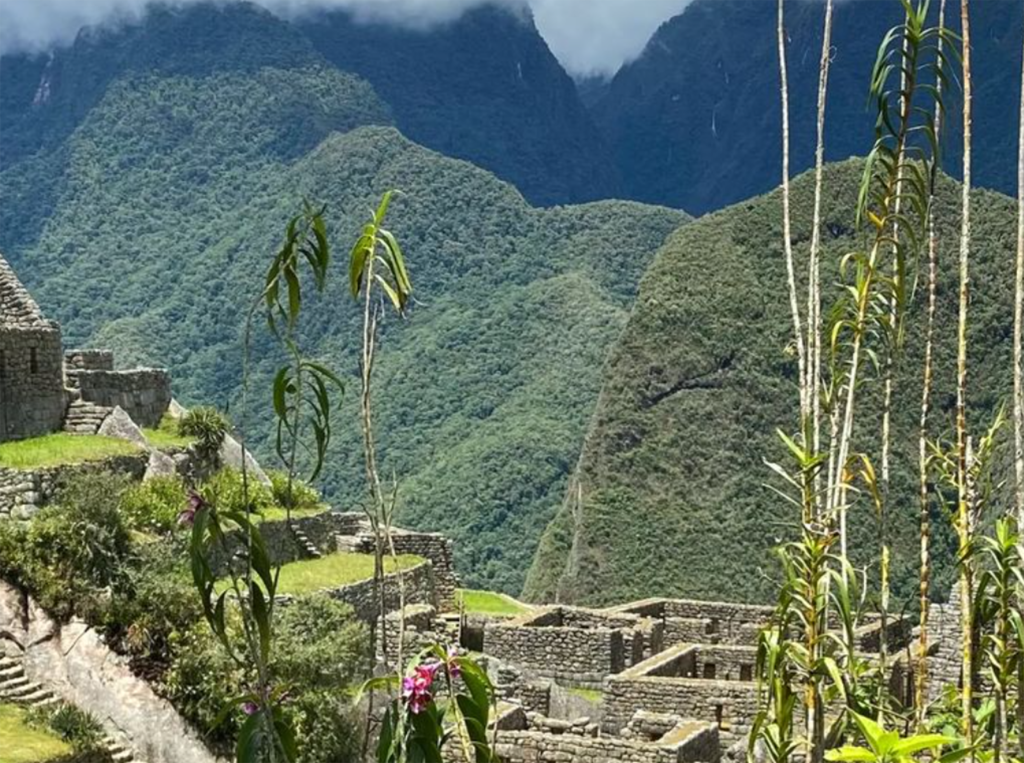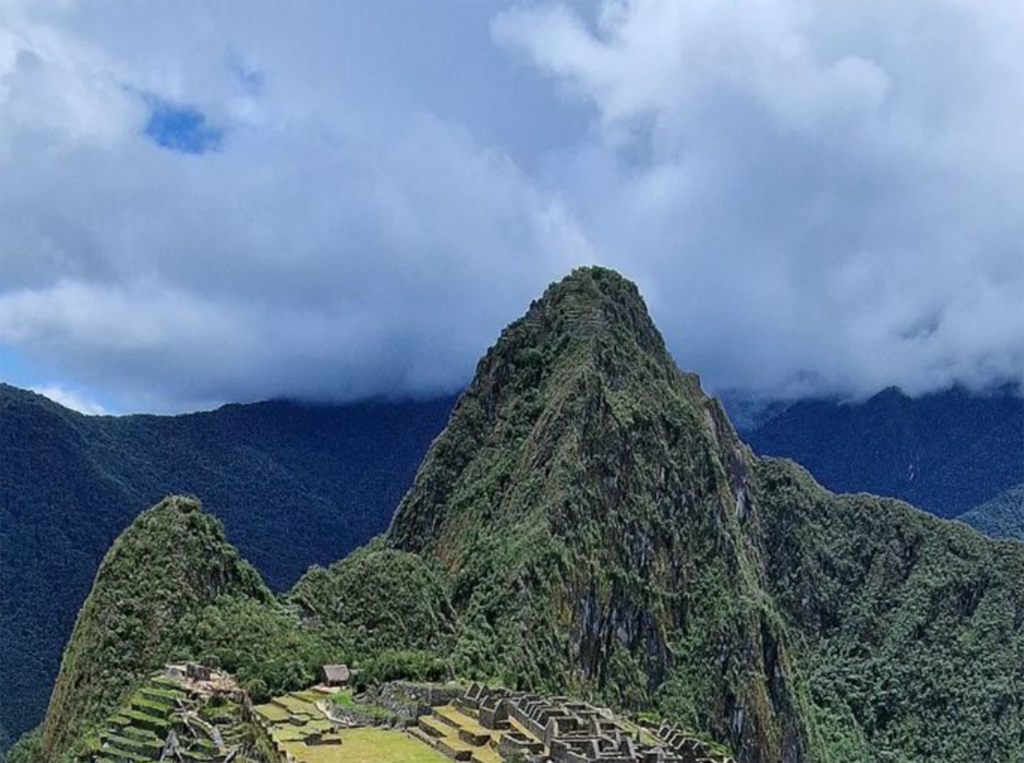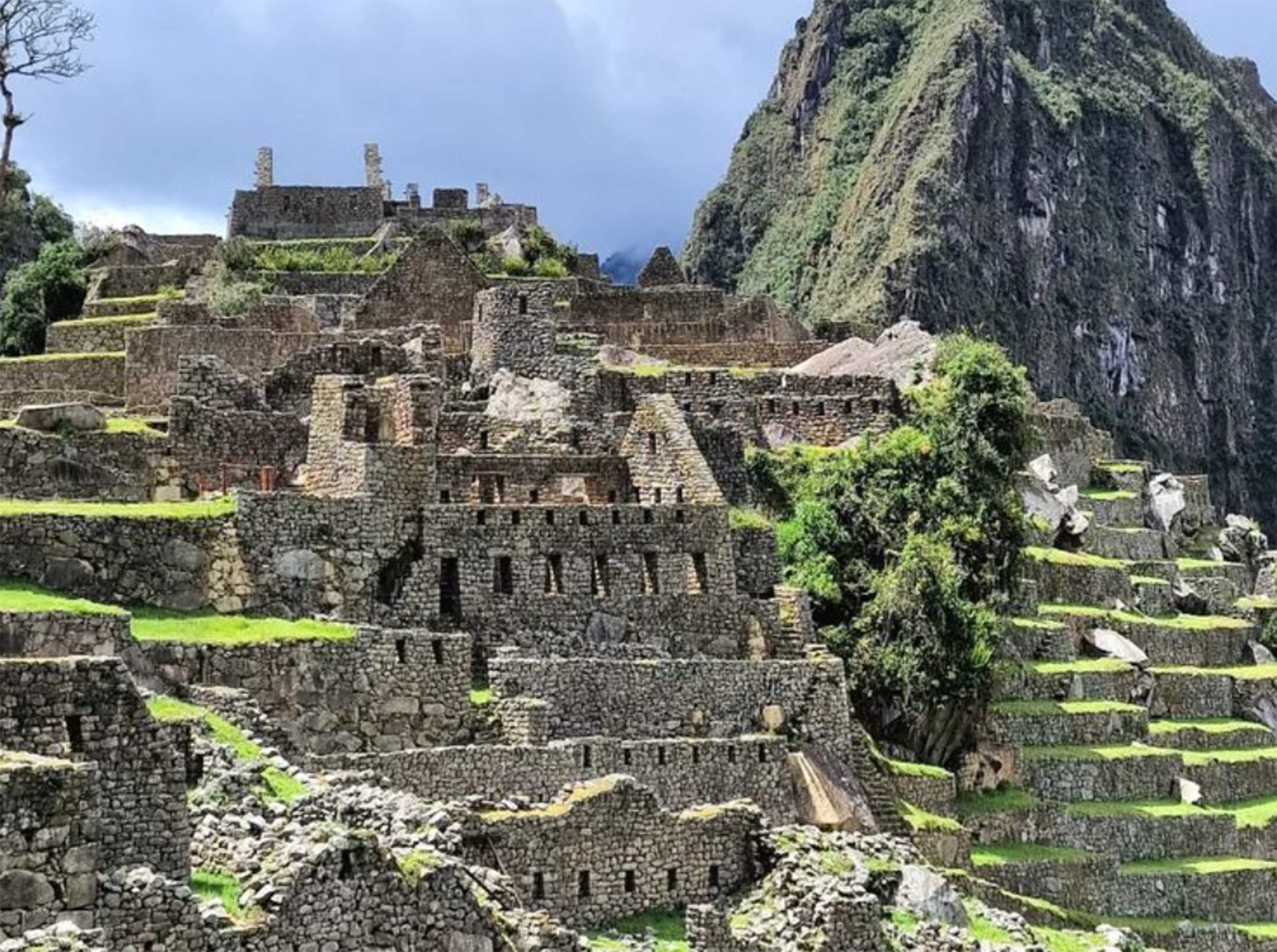Nestled amidst the Andes Mountains of Peru, Machu Picchu stands as a testament to the ingenuity and resilience of the Inca civilization. For me, it represents not just a destination, but a journey through time and culture—a journey that has left an indelible mark on my soul. Machu Picchu holds a special place in my heart, emerging as my favorite among the world’s wonders.
Historical Background and Location:
Machu Picchu, an architectural marvel nestled in the heart of the Andes Mountains, bears witness to the ingenuity and cultural richness of the Inca civilization. Constructed in the 15th century during the height of the Inca Empire, this extraordinary citadel served as a retreat for Inca royalty and a center for religious ceremonies.
However, Machu Picchu’s glory was short-lived, as it was abandoned just over a century later following the Spanish conquest of Peru. For centuries, it lay hidden beneath the dense vegetation of the surrounding mountains, its existence known only to local Quechua farmers.
In 1911, the world was introduced to this “Lost City of the Incas” when American historian and explorer Hiram Bingham stumbled upon its overgrown ruins during his quest for the legendary Vilcabamba. Bingham’s discovery captured the imagination of the world, sparking renewed interest in the ancient civilizations of South America.
Perched at an awe-inspiring altitude of over 2,400 meters (7,900 feet) above sea level, Machu Picchu commands panoramic views of the rugged Andean landscape. Its strategic location atop a ridge between the towering peaks of Huayna Picchu and Machu Picchu Mountain not only provided natural defense but also imbued the site with a sense of otherworldly grandeur.
The lush greenery that blankets Machu Picchu’s terraces and slopes adds to its mystique, creating a serene oasis amidst the rugged mountain terrain. From the moment one sets foot in this ancient citadel, it’s evident that Machu Picchu is more than just a historical site—it’s a living testament to the rich tapestry of Andean culture and history.
What to Expect:
Upon setting foot in Machu Picchu, visitors are greeted by a landscape that seems to transcend time itself. The meticulously crafted stone terraces, temples, and palaces stand as silent witnesses to the architectural prowess of the Inca civilization. Each stone, meticulously placed without the use of mortar, tells a story of craftsmanship and dedication that is both humbling and inspiring.
As one wanders through the labyrinthine pathways of Machu Picchu, they are enveloped by an aura of mystery and enchantment. The air is thick with the whispers of the past, echoing through the corridors of history. From the sacred Intihuatana stone, believed to have served as a celestial clock for the Incas, to the imposing Temple of the Sun, every corner of Machu Picchu holds a treasure trove of secrets waiting to be uncovered.
But perhaps the most captivating aspect of Machu Picchu is the breathtaking views that greet visitors at every turn. The majestic peaks of the Andes rise like sentinels against the horizon, their snow-capped summits piercing the heavens. Below, the Urubamba River snakes its way through the verdant valley, its waters a shimmering ribbon of life amidst the rugged landscape.
It is this juxtaposition of natural beauty and ancient architecture that makes Machu Picchu truly unparalleled. Whether bathed in the golden light of dawn or cloaked in the hues of sunset, the sight of Machu Picchu is nothing short of awe-inspiring—an experience that will stay with visitors long after they have left its storied grounds.
How to Get There:

Embarking on a journey to Machu Picchu is as much a part of the adventure as the destination itself. For most travelers, the first step begins with a flight to the historic city of Cusco, nestled in the heart of the Peruvian Andes. As the former capital of the Inca Empire, Cusco serves as the gateway to Machu Picchu and offers a tantalizing glimpse into Peru’s rich cultural heritage.
From Cusco, travelers have several options for reaching Machu Picchu. One of the most popular and scenic routes is via train from Cusco to the quaint town of Aguas Calientes, nestled at the foot of the Andes. The journey aboard the luxurious PeruRail or Inca Rail trains winds its way through breathtaking mountain vistas and verdant valleys, offering glimpses of local villages and Inca ruins along the way.
Upon arrival in Aguas Calientes, travelers are greeted by the vibrant hustle and bustle of this charming mountain town. From here, a short but exhilarating bus ride up the winding switchbacks of Machu Picchu’s mountainside leads to the entrance of the ancient citadel.
For those seeking a more adventurous route, the legendary Inca Trail beckons with its promise of unparalleled natural beauty and cultural immersion. This multi-day trek winds its way through mist-shrouded cloud forests, ancient Inca ruins, and high mountain passes, culminating in the breathtaking sunrise over Machu Picchu. While the journey may be challenging, the rewards are immeasurable—a profound connection to the land and a deeper understanding of the ancient civilizations that once thrived in these rugged mountains.
Whether by train or by foot, the journey to Machu Picchu is an experience that will leave travelers forever changed—a testament to the enduring allure of this world wonder and the indomitable spirit of adventure that beckons us to explore beyond the beaten path.
Three Must-See Attractions:
- Intihuatana: Nestled amidst the ancient ruins of Machu Picchu, the Intihuatana stands as a silent sentinel to the celestial mysteries of the Inca civilization. Translating to “Hitching Post of the Sun” in Quechua, this enigmatic stone structure served as an astronomical observatory, allowing the Inca priests to chart the movements of the sun and stars with remarkable precision. Believed to have been used for ritualistic purposes, the Intihuatana is thought to align with the sun’s position during the solstices, marking the changing seasons with reverence and awe. As visitors trace the contours of this sacred monument, they can’t help but feel a profound connection to the cosmic forces that shaped the spiritual beliefs of the Inca people.
- Temple of the Sun: Perched atop a terraced hillside overlooking the sacred valley below, the Temple of the Sun stands as a testament to the Inca’s reverence for the celestial bodies. Dedicated to the sun god Inti, this semi-circular temple boasts intricate stonework and precise masonry that speak to the Inca’s architectural prowess. As sunlight filters through the temple’s windows, illuminating the ancient altar within, visitors are transported back in time to an era of spiritual devotion and cosmic reverence. The Temple of the Sun serves not only as a tribute to the Inca’s religious beliefs but also as a timeless symbol of humanity’s eternal quest for enlightenment and understanding.
- The Inca Bridge: Hidden amidst the rugged cliffs and lush foliage of Machu Picchu, the Inca Bridge stands as a marvel of ancient engineering and ingenuity. Carved into the sheer rock face, this stone pathway offers a glimpse into the strategic defensive measures employed by the Inca civilization to protect their sacred citadel. While the bridge itself is not accessible to visitors, its existence serves as a poignant reminder of the challenges faced by the Inca people in their quest for survival amidst the harsh Andean landscape. As travelers gaze upon the precipitous cliffs and swirling mists that shroud the Inca Bridge, they can’t help but marvel at the resilience and resourcefulness of those who once called this rugged terrain home.
My Travel Experience:

Entering the hallowed grounds of Machu Picchu was akin to stepping through a portal into a realm where time itself holds its breath. From the moment my feet touched the ancient stones, I felt a palpable connection to the centuries of history that reverberated through the air.
Wandering amidst the weathered ruins, I found myself humbled by the sheer magnitude of Machu Picchu’s terraces and structures. Each stone, meticulously placed by the hands of Inca artisans, seemed to whisper tales of a civilization that once thrived in this remote corner of the Andes. As I traced the contours of the stone walls and traced the patterns of the intricate carvings, I couldn’t help but marvel at the ingenuity and vision of those who had come before me.
Climbing to the summit of Huayna Picchu, the panoramic vista that unfolded before me took my breath away. The verdant valleys and jagged peaks stretched out in every direction, a testament to the awe-inspiring beauty of the Andean landscape. From this vantage point, I felt a profound sense of gratitude for the privilege of bearing witness to such a wonder of the world—a privilege that I would carry with me long after my departure.
As I bid farewell to Machu Picchu and began the journey back to the modern world, I couldn’t shake the feeling that a part of me would forever remain within its ancient walls. In the quiet moments that followed, I found solace in the knowledge that I had been touched by the magic of Machu Picchu—a magic that would continue to inspire and captivate travelers for generations to come.
Machu Picchu is not just a destination; it’s an experience—an experience that will stay with me for a lifetime and continue to inspire my love for travel and exploration.
